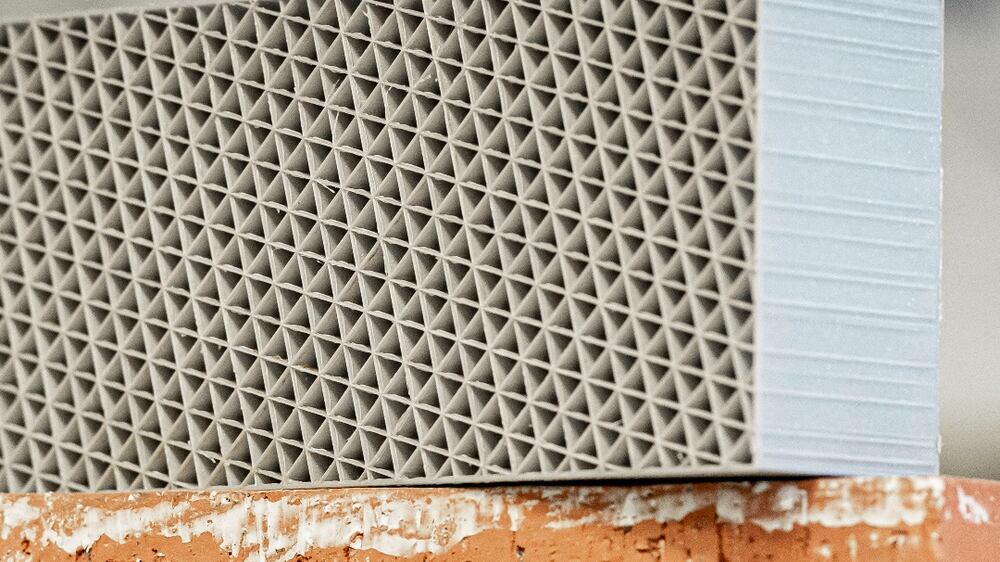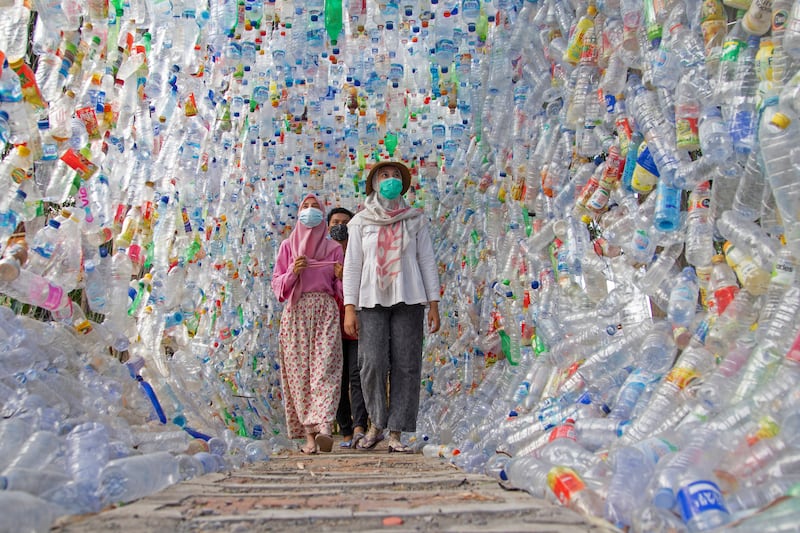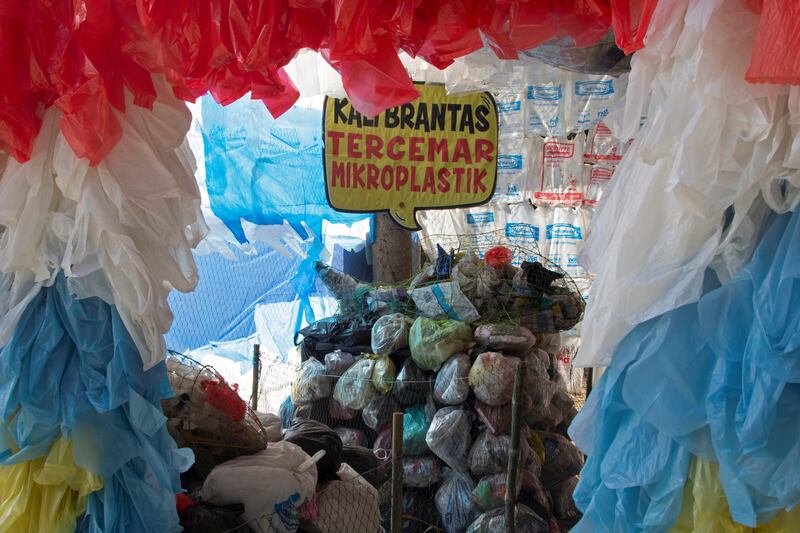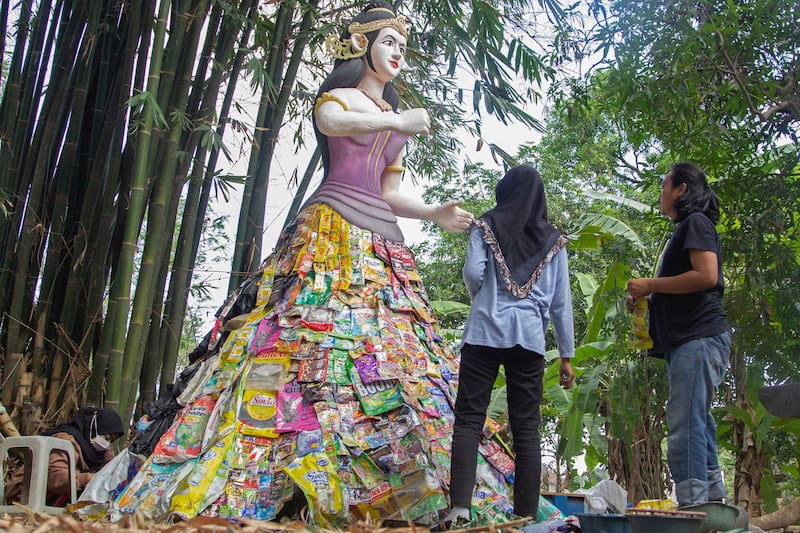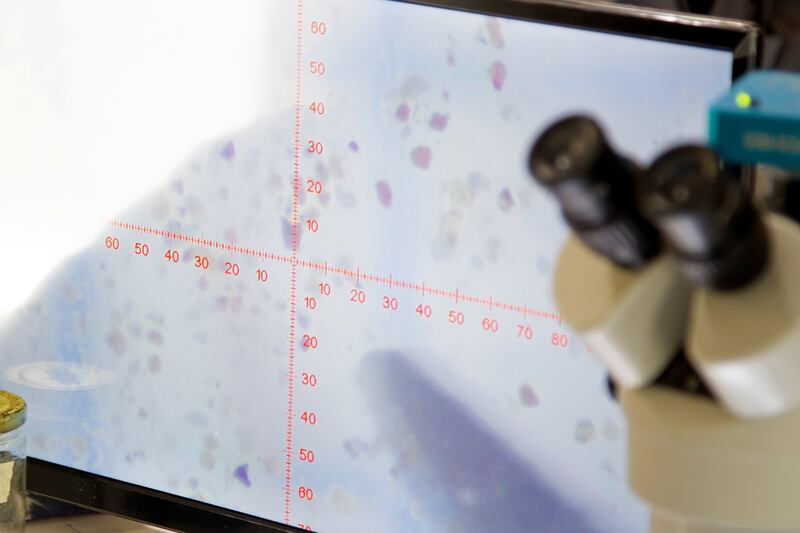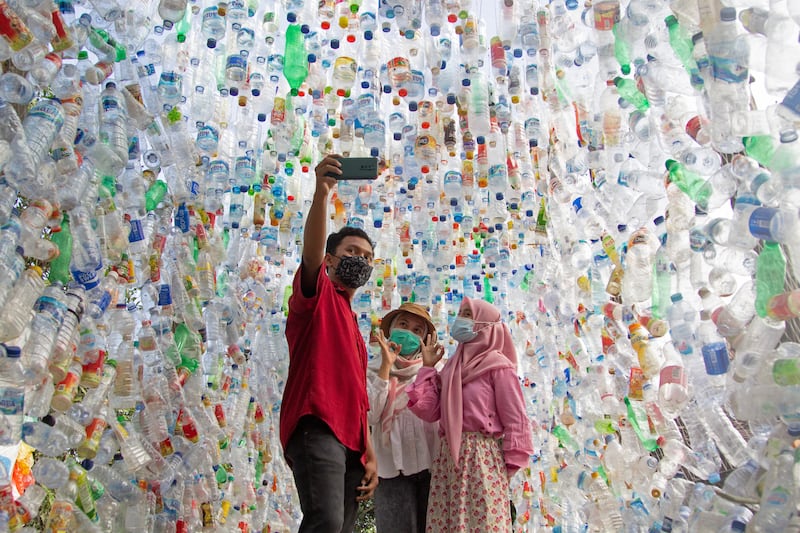Buildings made from recycled plastic bricks that slot together like Lego pieces could be the future of the construction industry, a leading expert has said.
An engineer from a UK university has created a brick, made from 3D-printed recycled plastic, which he claims could revolutionise how buildings are constructed.
The brick, which was displayed as part of a conference this week at Expo 2020 Dubai, is said to offer 10 times more insulation than the traditional clay version.
The plastic pieces could solve a problems such as making housing cheaper and more energy efficient, said creator Dr Karthikeyan Kandan, senior lecturer in mechanical engineering at De Montfort University in Leicester.
“The construction industry is always looking for sustainable options, especially in this region where there are net zero targets,” said Dr Kandan, speaking to The National at Expo's UK pavilion.
"Everyone is committed to make green buildings so there’s been a lot of interest in the bricks. It can play a key role in helping to reduce carbon footprint.”
Dr Kandan said that while the plastic and clay bricks cost the same, savings are made when taking the insulation benefits into account, as less energy is wasted.
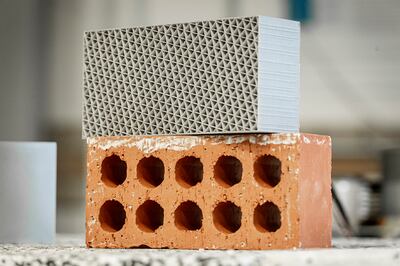
He said the size of the bricks could change if necessary and they could be used to create walls in advance, which could speed up the construction process.
“We can put them together in interlocking bricks, like Lego,” he said.
“Or you can print bigger panels that are not made from separate bricks, it will help to reduce the amount of time spent constructing a wall brick-by-brick with slurry and cement.”
A vital facet in the creation of the brick was ensuring it was made from recycled plastic to help reduce the amount of pollution produced, said Dr Kandan.
“We wanted to make sure we were helping the world by recycling domestic plastic waste,” he said.
“The world has produced millions of tonnes of plastic already so it was important for us to recycle single-use plastic rather than create more and add to the problem.”
Almost 300 million tonnes of plastic pollution is produced each year globally, the equivalent weight of the human race, the UN Environment Programme says.
Less than 10 per cent of that waste is recycled, with the rest ending up in dumps, landfill or discarded into the natural environment.
Another potential advantage of the brick is that its adaptability could be used to help lower-income countries solve housing problems.
“In poorer countries they might need a shelter to accommodate people,” said Dr Kandan.
“Using the plastic brick means it could be assembled much quicker than using traditional methods.”
The brick is built using a criss-cross of recycled plastics on the interior to form a grid, which Dr Kandan said was designed to resemble a bird’s nest.
Discussions have already taken place with construction industry leaders in the region to develop the project further, he said.
